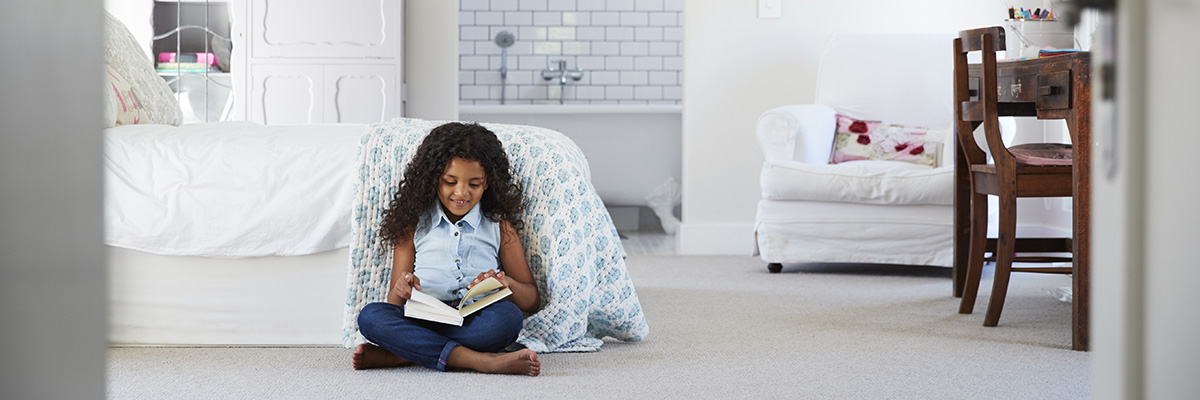
Article at a glance:
Leaving the hospital with a newborn can be an exercise in the surreal. New parents often feel uneasy at that moment. It may be the first time they experience such pressure and responsibility—and they never even had to pass a test! This feeling of uneasiness can reappear with each new parenting decision with no hard and fast rules. When do I let him walk to his friend’s house alone? When do I take off the training wheels? When can she stay home while I run to the store?
In Utah, the state’s role is considered secondary to the parent’s right to raise their child how they see fit. But that right is also an awesome responsibility. By law, the state will not interfere with a parent’s decision making until it becomes a danger to the child. As in most of the country, the rights of Utah’s parents to decide what is best for their children include choosing when they can be safely left home alone.
The Utah Code recognizes that parents have a “fundamental liberty interest” in raising their kids. The recently passed free-range parenting law only reiterates that right. Parents in the state of Utah can make most determinations concerning their kids, and that includes when it is safe to leave the child home alone.
However, parents also have the burden of making certain their child’s safety is ensured and needs are met. Simply having raised a responsible child does not shield a parent from charges of neglect or abandonment should an injury occur.
There is no consensus on an appropriate age for leaving a child home alone because kids develop differently. One child may be responsible and ready at the age of 10, for example, while another may not yet be ready by age 14. However, there are ways to tell if your child is ready. While SafeKids.org suggests kids may ready to stay home alone around age 12 or 13 here are some factors to consider:
Leaving a child home alone for the first time does not need to be a situation fraught with anxiety. It is a rite of passage–a first step into the adult world. But it is one that you should make with careful consideration for the child’s emotional readiness. Many children relish the opportunity to fend for themselves, but others find it frightening. Set your child up for success, and staying home along can be a confidence boost.
Here are a few tips to help make sure your child’s first time staying home alone is a safe, character-building experience.
#1 Do a Trial Run
Don’t get caught in a situation where you have no choice but to leave your child home alone with no preparation Such a rushed and forced scenario is likely to cause anxiety and fear for parent and child alike. Rather, experts suggest leaving the child alone for only a brief period of time – perhaps 30 minutes – while you remain nearby and easily reachable.
#2 Childproof the Environment
Unintentional injury is the number-one killer of children from age 1 into adulthood. Your first responsibility as a parent is to the safety and well-being of your child, so make certain your home is as safe as it can possibly be. Remove tobacco, lighters and matches to prevent accidental fires.
Firearm injury is a leading cause of death for children of all ages, so lock away all guns and store them unloaded and separate from ammunition. Also lock up all prescription and OTC drugs, as well as any alcohol on the premises to prevent accidental poisoning – another leading cause of injury-related deaths.
#3 Make a List of Simple Rules
Childproofing alone can’t prevent all injuries. That is why a firm yet simple set of rules can help make the home a safe place. If you have a pool for example, forbid swimming without your direct supervision. You may also want to have a rule against your child having any visitors while you’re away.
The list of rules should get longer if, like many parents, you require an older child to care for younger siblings. More importantly, the child left in charge should have demonstrated competence in tending to younger kids’ safety over the course of many months. Even still, some duties should be foregone while you are away—giving baths, climbing ladders, and cooking are some examples.
#4 Create an Emergency Plan
Teach your kids what to do in an emergency before leaving them home alone. Create emergency plans for likely scenarios and practice them using role play. Discuss each step of each plan and why it is important. Ask for your child’s input and ideas to make sure their attention remains focused. Compile a list of phone numbers (emergency and contact), and be sure your child knows how to use the phone. Also, discuss when it is appropriate to reach out to you and when to call 911.
#5 Stock Your Home for Success
Always make sure kids at home have access adequate food and drink.
The decision about when your child is ready to be left home alone is yours and yours alone; there is no magic number. Plan carefully and introduce the idea in a graduated way, extending the time span as your child proves their competence. Yes, there may be hiccups along the way, and days when you come home to Jell-O on your ceiling for reasons that are never quite explained—but with careful planning and a graduated approach, everyone’s confidence will grow.